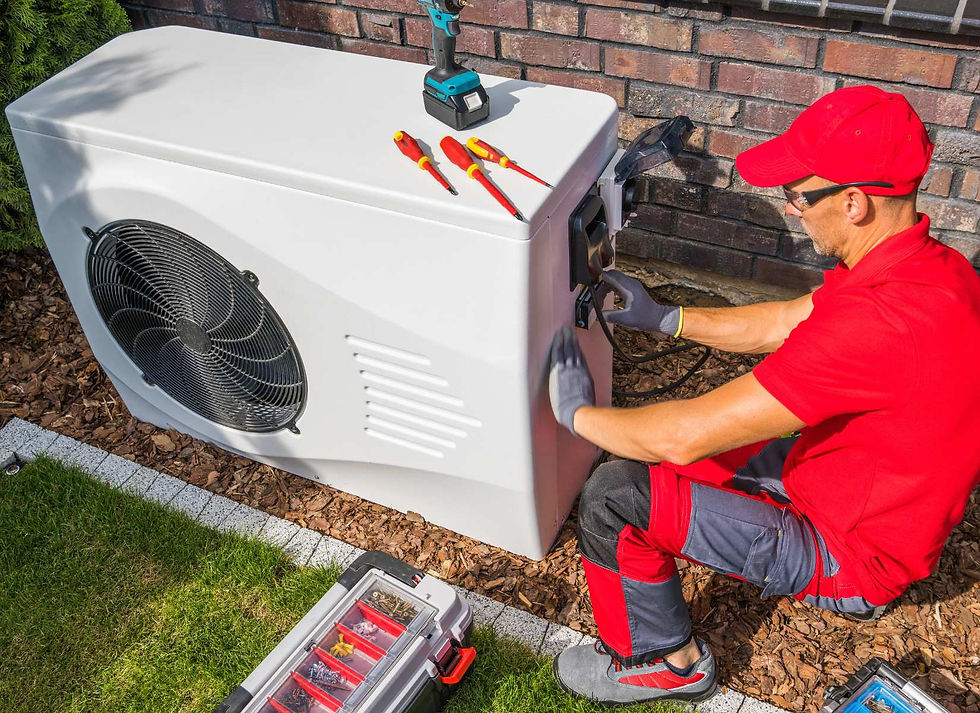Water, in its gaseous form, is constantly present in the air around us. While we might not always notice it, managing the content of water vapor in the air is essential for various reasons, ranging from personal comfort to industrial processes. In this article, we delve into the processes of dehumidification and humidification, shedding light on how these mechanisms influence our environment.
Dehumidification: Extracting Moisture from the Air
Dehumidification is the process of removing water from the air . This is crucial in environments where excess moisture can lead to issues such as mold growth, structural damage, or discomfort. Dehumidification equipment extracts moisture, ensuring a balanced and comfortable environment.
When the humidity levels are too high, a dehumidifier comes to the rescue by absorbing excess moisture through various mechanisms such as refrigeration, absorption, or adsorption. By controlling moisture content, these devices help maintain a healthy atmosphere while safeguarding against the potential pitfalls of high humidity.

Humidification: Adding Moisture to the Air
On the flip side, humidification is the process of adding water vapor to dry air. This can be a requirement in spaces where the air is excessively dry due to factors like heating systems or arid climates. By introducing water vapor into the environment through various methods like steam humidifiers or evaporative systems, humidification enhances comfort levels and promotes the well-being of occupants.
Humidifiers work by converting water into vapor, which then merges with the air, increasing the overall humidity levels. This not only helps in maintaining ideal moisture content for health and comfort but also supports processes where controlled humidity is essential, such as in some industrial applications.
Striking a Balance: Importance of Air Quality Management
Balancing dehumidification and humidification is key to maintaining optimal air quality in indoor spaces. The right equilibrium of moisture ensures a comfortable and healthy environment, whether at home, in the workplace, or in specialized settings like laboratories or data centers. By understanding these processes, the management of air quality becomes a more deliberate and informed practice.

Conclusion
Dehumidification and humidification are fundamental components of air treatment processes that significantly impact our daily lives. From managing indoor comfort to preserving materials in industrial processes, the control of moisture levels plays a crucial role. By delving deeper into these mechanisms, we gain a better understanding of how these simple yet sophisticated processes influence the spaces we inhabit.
#EnergyAdvisorCourses #EnergyAdvisorCourse #EnergyAdvisorTraining #EnergyAdvisorExam #HOT2000 #SelfEmployed #EnergyTransition #Energy #EnergyEfficiency #NewConstruction #HomeRenovation #HomeInspectors #Construction #ConstructionLife #ConstructionWorker #RenewableEnergy #Humidification #Dehumidification #ClimateChange #NetZero
Comments